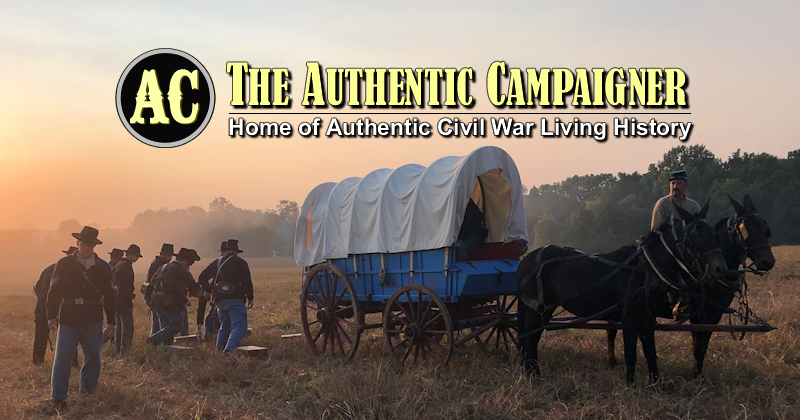I thought I saw a post on here a while ago about southern soldiers especially deeper south using cotton jackets( considering cotton was a major crop in the south, which makes it convient)... maybe I am mistaken but I thought it was here. Sorry if this is in the wrong place, please move it accordingly.
Lt. Jacob A Shaika
1st South Carolina Company A
Lt. Jacob A Shaika
1st South Carolina Company A




Comment